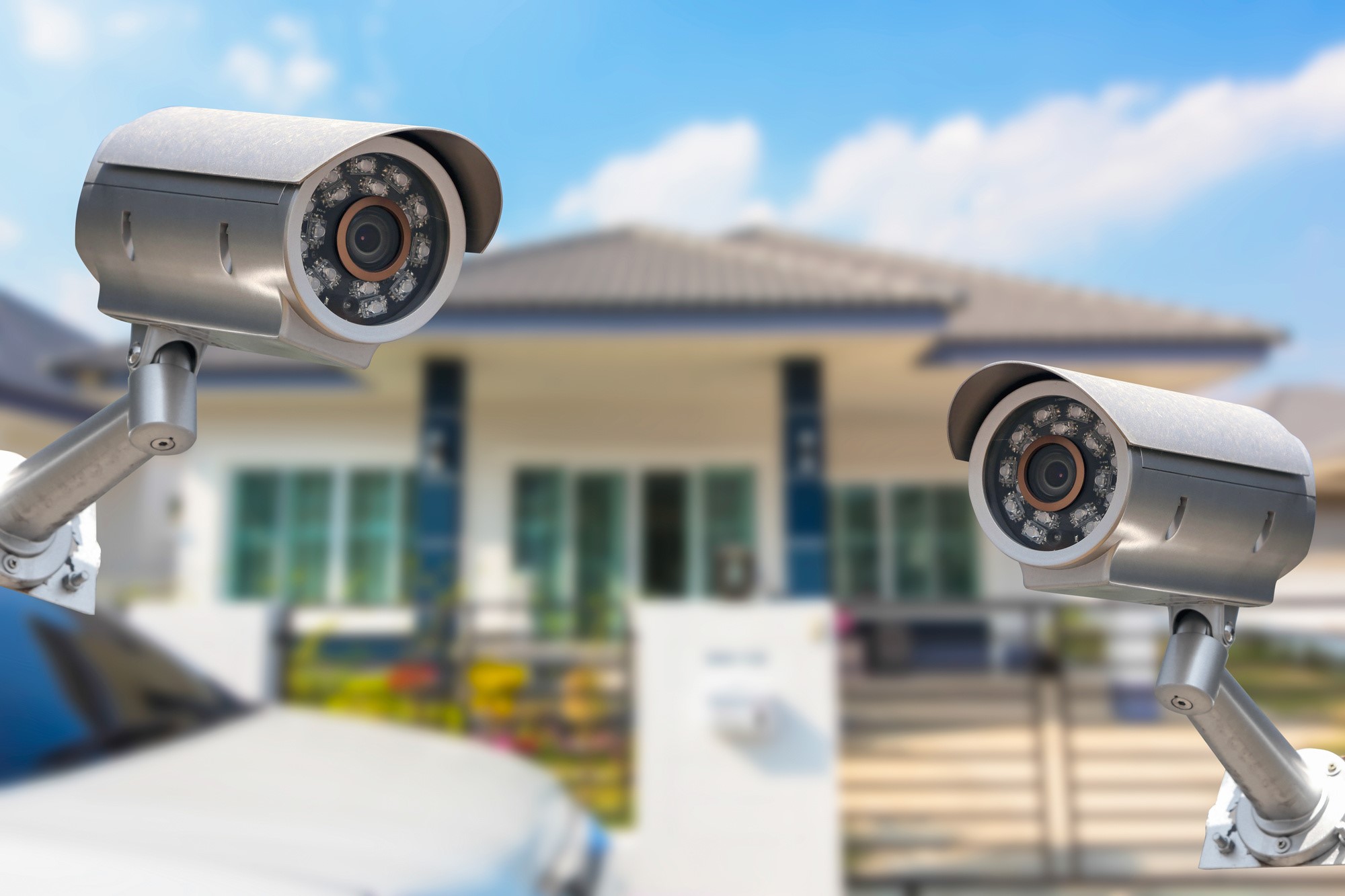Are you worried about security camera blind spots?
Security cameras are a great way to protect your home or business. Not only do they act as a deterrent, if anything happens, you’ll have footage to capture the culprits. But not even the best cameras can see everything.
Read on for our guide to security camera placement, to help you cut out blind spots.
What Do We Mean by a Blind Spot?
The blind spot of a camera is the area underneath where the camera can’t view the ground. It’s important to consider this when designing your CCTV set up.
The blind spot of a camera should come into the field of view (FOV) of another camera at all times. To get a full view from your CCTV system, you should have at least 2/3 cameras. One to cover the area you want monitoring, the others to cover its blind spots.
Review Your Building Plan for Camera Locations
Go over the building plan and mark the locations that would be ideal for camera placement. Consider the size of the area you want monitoring. Also, consider the range and zoom of your cameras.
Consult with companies like Magnum Security Installations, Inc. who can help you create a camera set up that suits your floor plan.
Understand the Field of View by Taking Photos
Take photos of the area you want covering from the camera locations you picked out. It will give you an idea of the camera’s FOV. You can determine the lense you will need, how far away to put the camera, and how wide your viewing area is.
Decide What You’re Capturing
What do you want to capture on each camera? Is it to get the face of an intruder? Or clear footage of car license plates? Once you know what you want from your cameras it’ll help you pick the resolution and type you need.
Decide on a Camera
The resolution you need depends on the function of the camera as we’ve seen. You might only need enough resolution to detect movement to trigger an alarm.
You also need to decide if it’ll be inside or out. If they’re going to be outside in an area that isn’t well lit, you may need LED lights to help them.
Do a Test Run
The best and most thorough way to find any blind spots is with regular trial runs. Have a friend or family member pose as an intruder and get them to approach from different angles.
The front door, any side or back doors, windows, etc. While they’re doing this, watch the camera feed.
Security Camera Placement Made Easy
Security camera placement doesn’t have to be hard. As long as you think ahead and plan it out you’ll be sure to make the most of what CCTV cameras have to offer.
Use plans to help you pick a selection of good spots and narrow it down with photos from those places. With so many options on the market, you need to decide on what you want your cameras to do. It’s important to pick ones that are the right fit for your needs to get the best results.
If you found this article useful, check out our other blog posts today!

